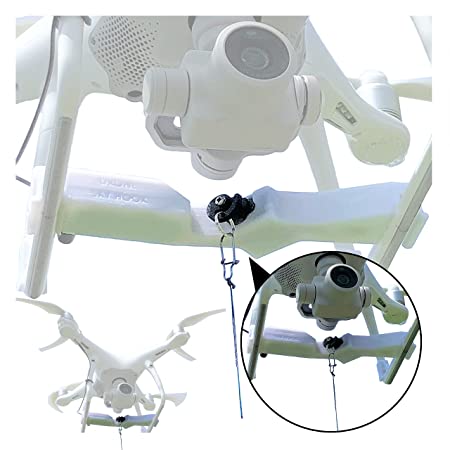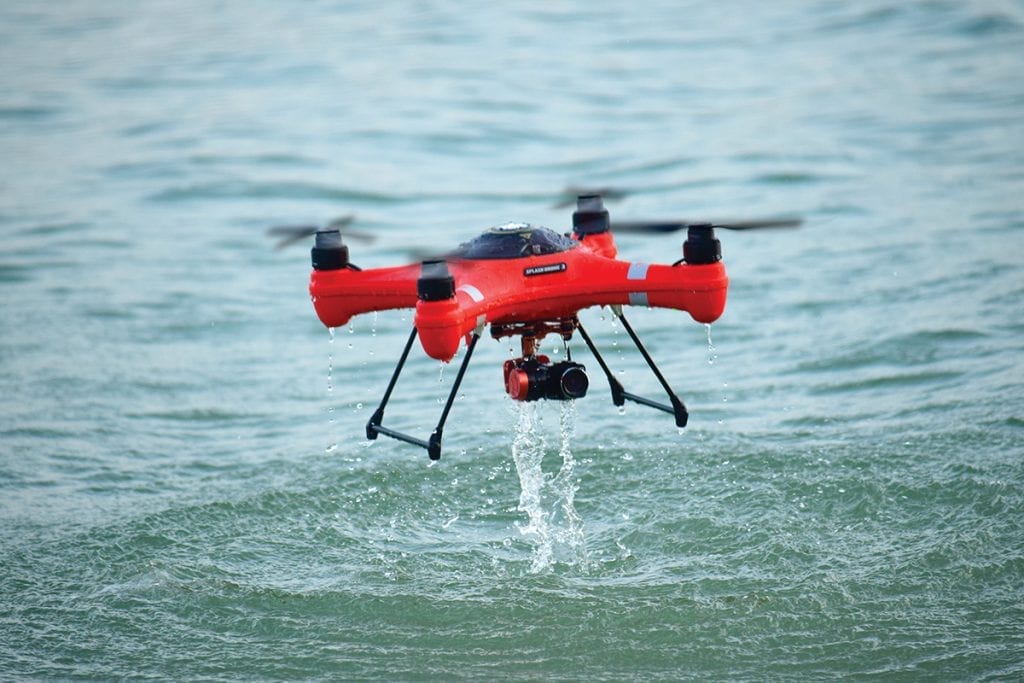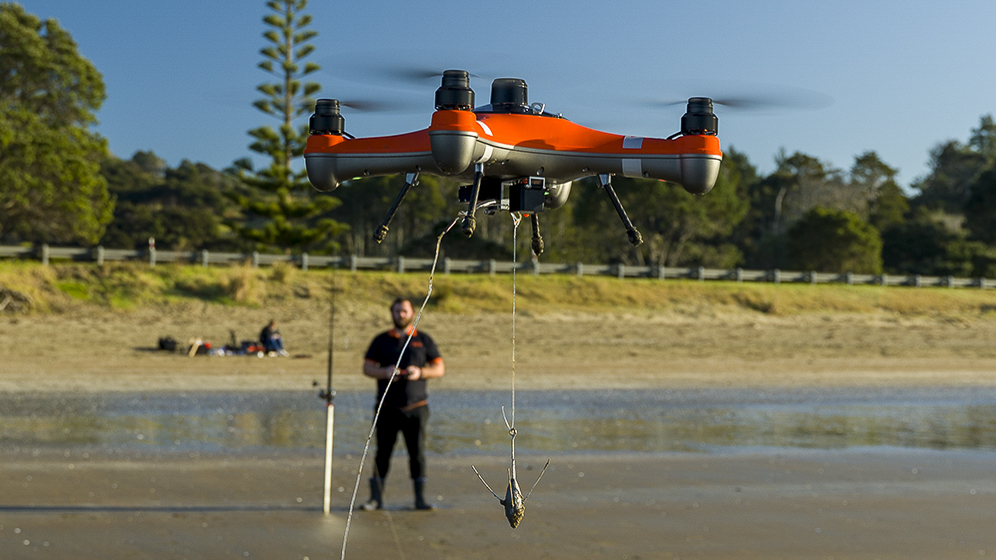
If you're considering using a drone for fishing, you'll likely want to learn more about the regulations. Watch instructional videos about how to fly drones to catch fish. If you are concerned about drone ethics, please read our article. We will discuss some ethical concerns regarding drone fishing. Check out our guide for drone fishing gear.
Regulations for drone fishing
While watching a video of drone fishing for tuna on YouTube, you may wonder what the regulations are. Although there are many reasons you should follow local laws in your area, safety is the main concern. You need to follow the right laws in order to protect the lives of both you and the fish. We'll be discussing the most important regulations in this article and how to ensure that you are following them. Remember to adhere to the International Game Fish Association's rules.
Drones are not allowed to operate in public places like stadiums and sporting events. They are not allowed to carry weapons or operate within half a mile from sporting events. A drone operator must be able see all of their equipment at all times. Drones cannot fly over public buildings, stadiums, or critical infrastructure. If you have any questions about how a drone can be used to fish, please consult your local law enforcement agency.

While drone law has been adopted in many states, not all states have. Illinois recently passed SB 2167. The bill prohibits the operation of drones within state parks without prior permission. It also defines privacy rights and sets out the rules that drone operators must follow for both recreational and commercial purposes. It also prohibits drones interference with hunters and other wildlife. These new laws should be completed in the next few years.
Ethical concerns about drone fishing
Drone fishing isn't without controversy. Some companies sell underwater drones that are able to fish for fish. The video content of these drones often contains the actual fishing process, which is remarkably similar to casting a line to a fish. However, the method of pulling a fish out of the water is somewhat different. If you are ethically concerned about this fishing method, you might consider looking elsewhere for entertainment.
While drones have obvious benefits for fishing, some feel they cheat the fisherman. While fishing has not changed much over millennia, using a drone to catch a fish may change that and diminish the thrill of the chase. Drones can also pose a threat to conservation. Here are some of the ethical concerns that you should consider before you decide to use a drone for fishing.

First, drone fishing is not the best option. Drone fishing may cause damage to the environment or overfish endangered species. While some states may allow the use of drones in recreational fishing, many do not. There are a number of limitations to drone fishing, including the fact that they must be expensive. Low-end drones may not be equipped with the necessary GPS functionality, lifting capability, or control range. Drone fishing can also lead to fish loss if there are line tangles. There are also issues with piloting.
FAQ
Can someone spy on your with a drone
Yes, anyone can use drones to spy on them. To protect yourself from drones, you must be aware of them. Do not hesitate to call 911 if a drone is seen flying.
Where are Drones Banned?
The FAA prohibits drones from flying within close proximity to airports, stadiums and sporting events, as well as nuclear power plants, hospitals and prisons. However, they do allow them to fly at night using GPS technology.
Flying with a drone?
Drones have become increasingly popular for commercial and personal purposes. Drones are used for filming, photography, aerial mapping, search and rescue, as well as other purposes. Recent regulations regarding drones have been approved by FAA. They include new requirements for registration and licensing, pilot training, insurance, and other requirements. These changes will help ensure that drones stay safe for all.
Is it a crime to fly drones?
Yes, it is illegal to fly drones in some countries like Australia, Canada and New Zealand. It is legal in countries such as France, Italy Netherlands, Poland and Russia.
Does the FAA regulate drones
The FAA oversees all aspects regarding drone operations, including safety standards and certification requirements.
Statistics
- According to the multiple listing service (MLS), houses and apartments with drone photographs are up to 68 percent more likely to sell than those without pictures. (thedroneu.com)
- With the top 10% making over $100/h and the bottom 10% making as low as $10/h. (dronesgator.com)
- Research and Markets predict a growth rate of 51.1% over the next five years. (thedroneu.com)
External Links
How To
How to Fly Drones for Beginners
A drone can be used to fly remotely controlled aircraft for photography, surveillance, scientific research, hobby and commercial purposes. Drone technology has been around since World War II. DJI introduced their Phantom series of quadcopters in 2010, but commercial use only began in 2010. There have been many types of drones since then, including beginner-friendly drones like the Parrot AR Drone 2.0 and professional-grade multi-rotor crafts like the DJI Mavic Pro.
You can fly a drone in many different ways, including:
-
Remote control - This method uses a control device attached to your hand, which enables you to steer the drone through its flight path. There are two main types of controllers: On/Off switches (like a radio) and joysticks.
-
Manual Control – This method lets users remotely control the drone by using a smartphone app. You will need to keep track of where the drone is going and follow the directions from the app.
-
Autonomous Flight: This means that the drone will take care of all the piloting. It allows the drone to fly independently without any human intervention. A drone must have a builtin camera and sensors capable to capture images and other data.
-
Triggered Flight: This is similar in concept to manual control. The pilot manually creates a route and the drone then follows it until it reaches that endpoint. Once the programmed route has been completed, the drone returns to the base automatically.
-
Landing Gear- Some drones include landing gear that allows for safe landing if the power goes out or they run out of batteries.
-
Goggles-Some pilots use goggles to protect their eyes from debris during operations.
-
Camera – Some drones have cameras, which allow you to take photos or videos from up high.
-
Obstacles: Some drones are equipped with obstacle avoidance systems to prevent them from hitting obstacles.
-
Speed - Drones can reach speeds up to 40 mph.
-
Battery Life - Most drones can last between 20 minutes to 3 hours, depending on how much power you're using.
-
Some drones have a range of up to 30 miles, depending on their model.
-
Power source - Some drones require an external power source; others work off internal batteries.
-
Weight - Some drones weigh less than 1 pound, whereas other models weigh up to 4 pounds.
-
Size - From small drones that can be carried in the palm of one's hand to larger drones that weigh over 50 pounds, drones come in a variety of sizes.
-
Price - All drones fall within a specific price range, from high-end models that can cost thousands of dollars to lower-cost options starting at $100.